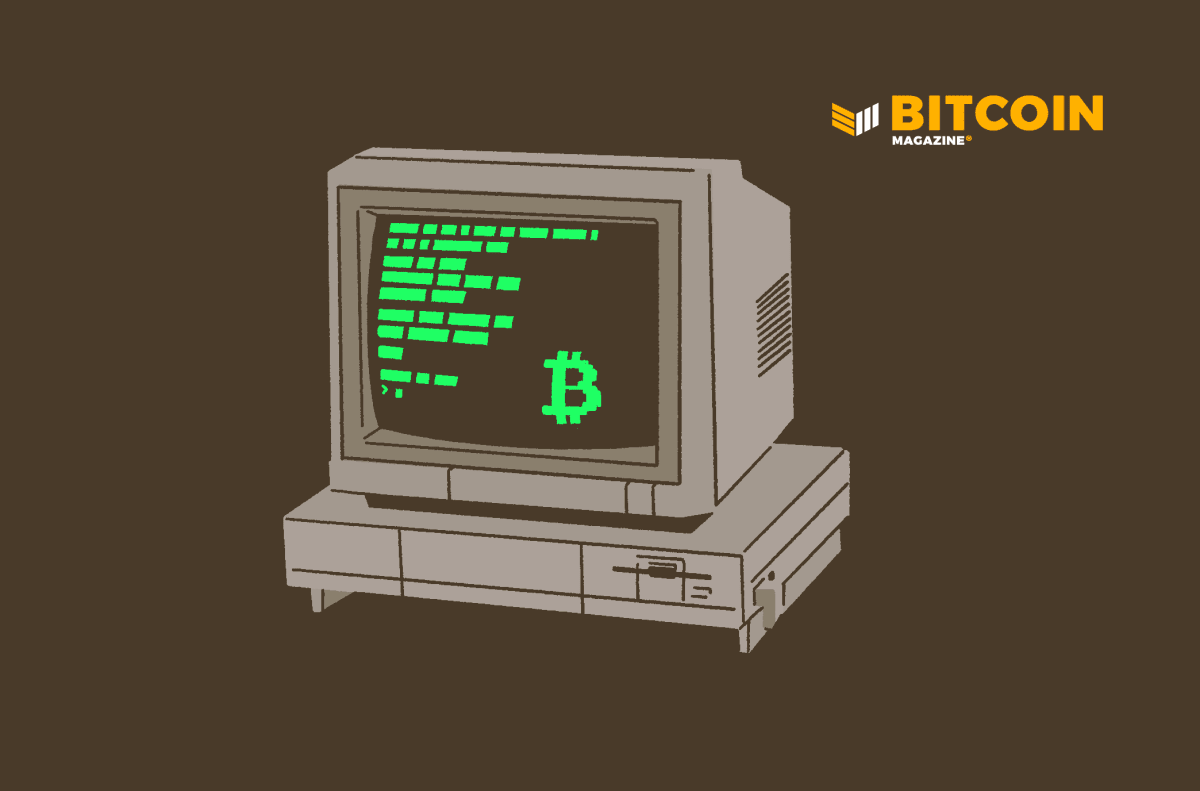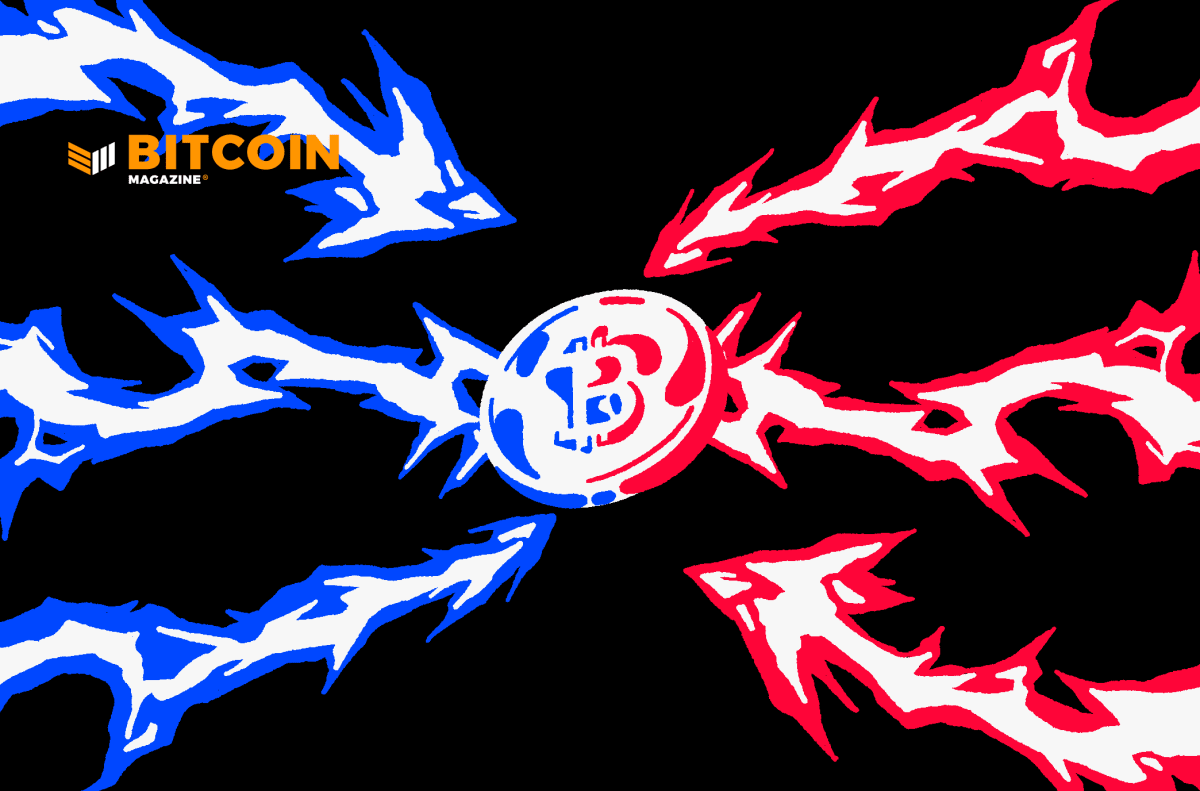With Bitcoin Integration, Nostr Could Redefine Social Media
Incorporating many of the values inherent in Bitcoin, the Nostr protocol could grow into a social media platform that better serves its users.
This is an opinion editorial by Stephanie Sats, a member of YouTube’s “Bitcoin Bookclub” and cofounder of a crypto newsletter designed for new users.
Despite the rapid rise of Bitcoin-focused conversation happening there, Nostr is not a social medium. Nostr is a social-serving, open protocol intended for liberated speech and communication.
The main point of distinction here comes down to this tool’s indifference, at least compared to many popular social platforms. Though the tech is fundamentally different from Bitcoin (more on this later), there’s key overlap: Nostr doesn’t care who you are, whether you follow a set agenda or how often you’ll feed an algorithm with attention.
Nostr acts more like aspiring, decentralized tech that may incentivize truth — with the help of Bitcoin.
The Current State Of Social Media
Censorship is used to govern and mediate many social media platforms and services. The guardrails in place may feel arbitrary to consumers, prescribing a set of rules that differ from a user’s core values. Incentives are driven by the dollar — by companies run by fiat currency (which is issued by a government, and therefore inextricably tied to it).
There’s increasing weariness of algorithms aligned with monetary incentives and the entities running them that own our information. It’s easy for users to lose trust in advertisers and influencers alike, as their motives fuel the platform but remain unclear. I believe this comes down to the role of the user; we’re not always part of the collective that’s building it. And when we do contribute, we may not be profiting fairly — if at all.
On traditional social platforms, users who aren’t bothered by censorship may still feel overwhelmed by bots and spam. Others may flock to social platforms for gaming and community support, only to dodge and sift through scam messages. Algorithms are so in sync with our behavior and thought patterns that it’s becoming increasingly difficult to separate the product from the consumer.
We saw these sentiments unfold over the past year with Elon Musk’s takeover of Twitter and how divisive that was. We’ve seen it in kickback after Meta’s rebrand. Social media can be scary or divisive at best — but despite all of this, we still use it. So, for connection, growth and building… where should we go?
Of course, there are quality, encrypted communication platforms which offer more shielded, secure interactions… but I wouldn’t define these as “social networks” either. They often function as vehicles for private, secure communication instead of shared spaces.
So, Is Nostr The ‘Decentralized Twitter’?
First, let’s unpack this a bit and explain what Nostr is and is not, because to think it solves all of the problems of traditional social media may be somewhat naïve.
Nostr is for developers. It’s an open-source project for builders that serves as a broadcast platform and content hub aggregate. From the architecture alone, we can start to differentiate it from Twitter or any other existing platform.
This protocol is newly, actively developed — so while it tugs at the root of topics like free speech and privacy, the tech itself is in its nascent stages. Nostr aims to decentralize private communications and data while allowing us to interact in new ways. For all of those reasons, we should learn about it — perhaps in the same way some of us should have learned about Meta products before dishing our credentials.
What Makes Nostr Unique To Builders?
With Nostr, data is stored on relays. Anyone can run their own relay, which acts like a personal server or channel. Users can be in charge of their own relays and run them with very little cost upfront — but more on monetization later.
Users can kick people off of their relays, but there are various relays that individuals can join. If a relay owner doesn’t want to host a person’s messages, that user can simply move to another one. This is a key differentiator from censorship on Twitter or Meta, where posts and accounts can be removed or frozen for not conforming to the platform’s centrally-operated rulebook.
Any user can build their own client, which is the program or application that hosts messages and information. Clients can be used to access the internet and broadcast posts (or facilitate communication) with the help of public and private keys.
Nostr uses cryptographic signatures to keep communications secure; public and private key pairs are used to encrypt and send data. Similar to Bitcoin, the Nostr code functions as a protocol. Yet it’s important to point out that Nostr is not a type of blockchain technology. There’s overlap — these innovations use some similar tools to accomplish different things.
Nostr was made so builders can connect with the people they want to and broadcast information, but it’s not the same as a globally-connected, blockchain-based network like Bitcoin — where all nodes have to agree, or come to a consensus. That can work great for something that functions as a currency, but consensus doesn’t have as much of a use in Nostr’s social aspects. They simply use cryptography in different ways.
What Nostr Does Differently
Nostr technology is modeled after a lot of social platforms in terms of what they’re used for: broadcasting information or sentiment to others (in community forums or one-off messages), direct communication and self-expression.
Because it is decentralized, Nostr is more censorship resistant because it’s not controlled by one entity, group or company. Nostr can be used for sharing all types of content — ideas, direct messages, blogs, newsletters or even some games.
You can think of the Nostr protocol as a “language” for computers to communicate with one another.
Instead of a post (“event”) going live via one central server, it’s sent to a specific indicated server(s), and other servers can pull the information from there. Nostr uses queries to store data, and that data is in a JSON format — similar to the social media we know today. But instead of a central server structure like Instagram or Twitter, Nostr is open source and allows for users to choose how and where data is used.
With Nostr, you can use your key to connect to or run a public relay to broadcast information, or to focus on smaller, more private communications. There are options, and the main point here is that a lot of these options are in the builders’ hands.
Using Nostr doesn’t take up lots of storage for data, either — there’s content, tags and key storage. Nostr is accessible because excessive storage isn’t needed, depending on your goal.
Although this might all sound kind of complex because there are new terms and a lot to learn about the protocol, the technology itself is simple — and simpler technologies tend to be easier to scale. Nostr could grow fast, and there are lots of use cases.
How Nostr Scales And Adapts To Our Social Landscape
Because this tech adopts a simpler structure, the “look and feel” differs from social media that tends to automate experience. Engaging Twitter or Instagram involves a transaction of personal information for a smooth, unified (yet prescribed) app interface and user experience (UX) journey.
My personal experience using Nostr, as a newbie, helped further confirm just how different this tech is from any social media I’ve used. There are tradeoffs: I felt more self reliant in using my keys to initiate set up, and less concern about data management or corporate greed. On the flipside, the UX as a whole felt unfussy but graceless: a refreshingly no-frills approach to social exchanges.
I don’t view this as a positive or negative, per se, but I think some users will have a learning curve (or at the very least, an adjustment from highly-managed and moderated platforms). There’s no Nostr website or customer service to guide them along; it’s grassroots in its reach. This could certainly be a plus for the Bitcoin community, which thrives on mutual education and reciprocity. The lack of bells and whistles eliminates trust, and suggests developments on the individual and community levels.
The Nostr community is fledgling, which provides ample opportunity for growth and renewed personal social strategy. There’s also lots of exploring that a creator needs to initiate, since there’s a wide range of relays and clients available. Fewer guideposts can lead to confusion for some, but the tradeoffs are freedom of choice and self-directed learning.
As for privacy, users don’t have to give a set of personal identifiers in order to set up an account. This is, of course, a major differentiator for platforms that store, sell, track and centralize your data for corporate profit or control.
The Bitcoin Incentive
People are hopeful that Nostr will allow for free speech, resistant-censorship communication and rich community building, which goes hand in hand with the Bitcoin ethos.
Not only this, but there could be a monetary component built in parallel to Nostr that’s radically different from how other social networks behave in popular culture today — especially when it comes to centralized algorithms and ad incentives.
Since clients can filter material by choice, they may create all sorts of different algorithms to do this. There is potential for monetization of one’s hosted relay by charging fees via the Lightning Network, an especially exciting prospect for many Bitcoiners. Over time, we may see things like Fedimints incorporated in Nostr monetization practices as well.
This self-driven monetization structure can have major implications on bots, spam and bad actors in general, both on the user level and protocol level. In the way that Bitcoin’s protocol discourages bad actors by nature of its very code, Nostr developers are actively working to bake security and honest action into its technology.
For example, some builders are looking into implementing costs assigned to relays, as a paid model that incentivizes honesty and reliability via proof-of-work models. In this potential design, for someone to send messages, they would have to post collateral in order to do so. This way, if there’s a bad actor, the reward could potentially be retracted as a consequence.
Combined, this would allow for a type of social network that focuses more on building instead of censorship or centralized incentive structures.
Bitcoiner values (such as sovereignty, privacy and decentralization) and Nostr’s potential monetization structure work hand in hand, and this is why so many Bitcoin hopefuls are actively setting up their own nodes and planning ways to incorporate Nostr into their careers or lifestyles. Nostr speaks to the decentralized communication need that Bitcoin could likely never support on its own, even with Layer 2 scaling — since blockchain technology functions best as a proof-of-work cryptocurrency. Reciprocally, Bitcoin solves the monetary pitfalls that most social media inherits.
Who’s In Charge?
Media is material that anyone can share, and it should be up to individuals and communities to regulate materials.
For Bitcoiners, this boils down to a recurring conversation around decentralization. Individuals may find themselves abandoning certain familiarities (like regulations or convenience), in order to flourish on the decentralized end of the spectrum. When it comes to social media and communication, it’s up to the individual where to draw that line. Some feel safer relying on a nucleus of control calling the shots, whereas Bitcoiners crave full autonomy despite the fact that they now hold more of the responsibility.
Nostr is a new innovation, and there’s a lot to learn. There are aspects you might want to consider about this tech while doing your research and making your own decisions. Since Nostr is not surveilled by any one authority or watchdog, users may need to do more due diligence as they grow comfortable in accepting that responsibility. The Nostr protocol provides a stark, simple contrast to the high levels of censorship and guardrails that we’re used to seeing — which is what makes it an entirely separate entity from “social media” as we know it.
This is a guest post by Stephanie Sats. Opinions expressed are entirely their own and do not necessarily reflect those of BTC Inc or Bitcoin Magazine.









